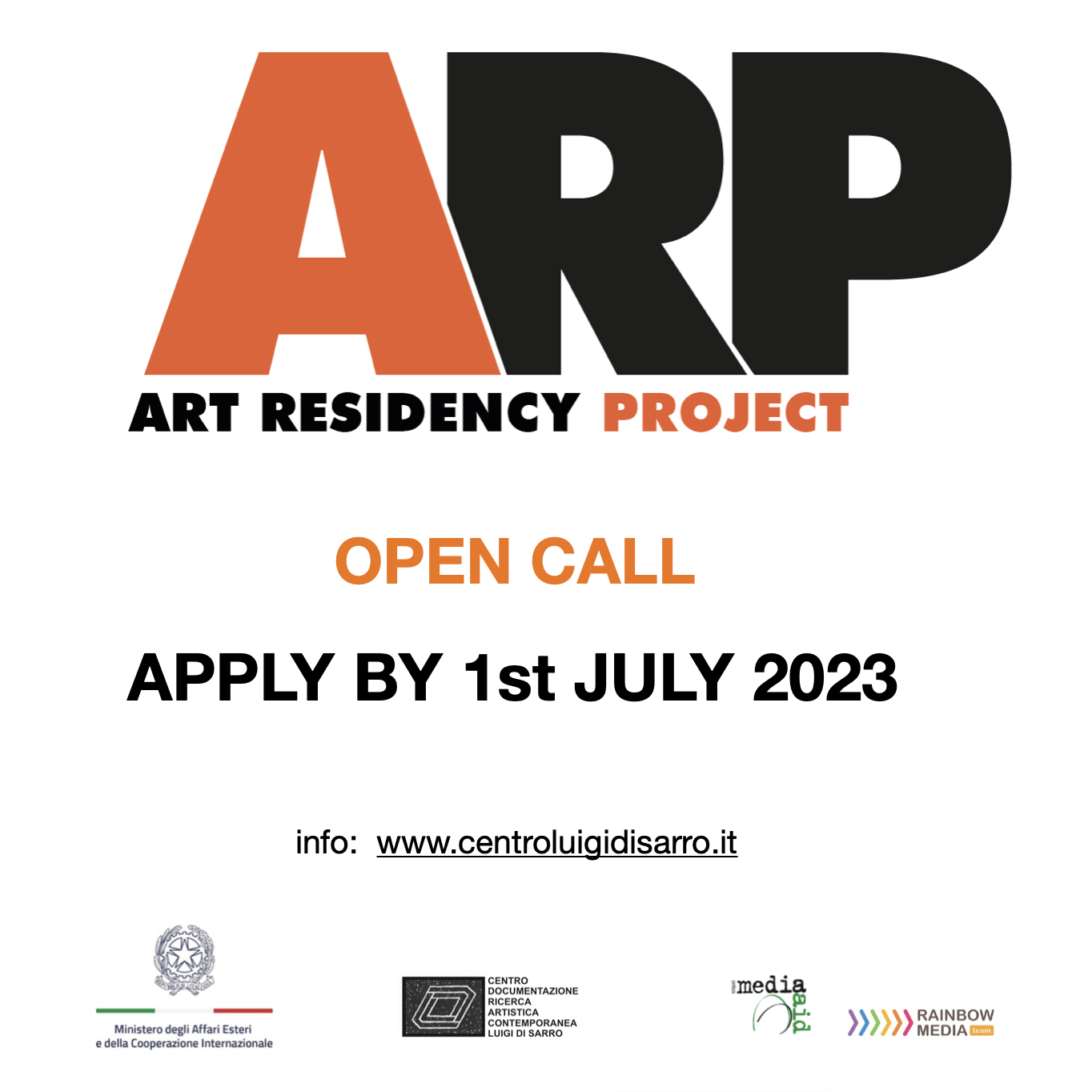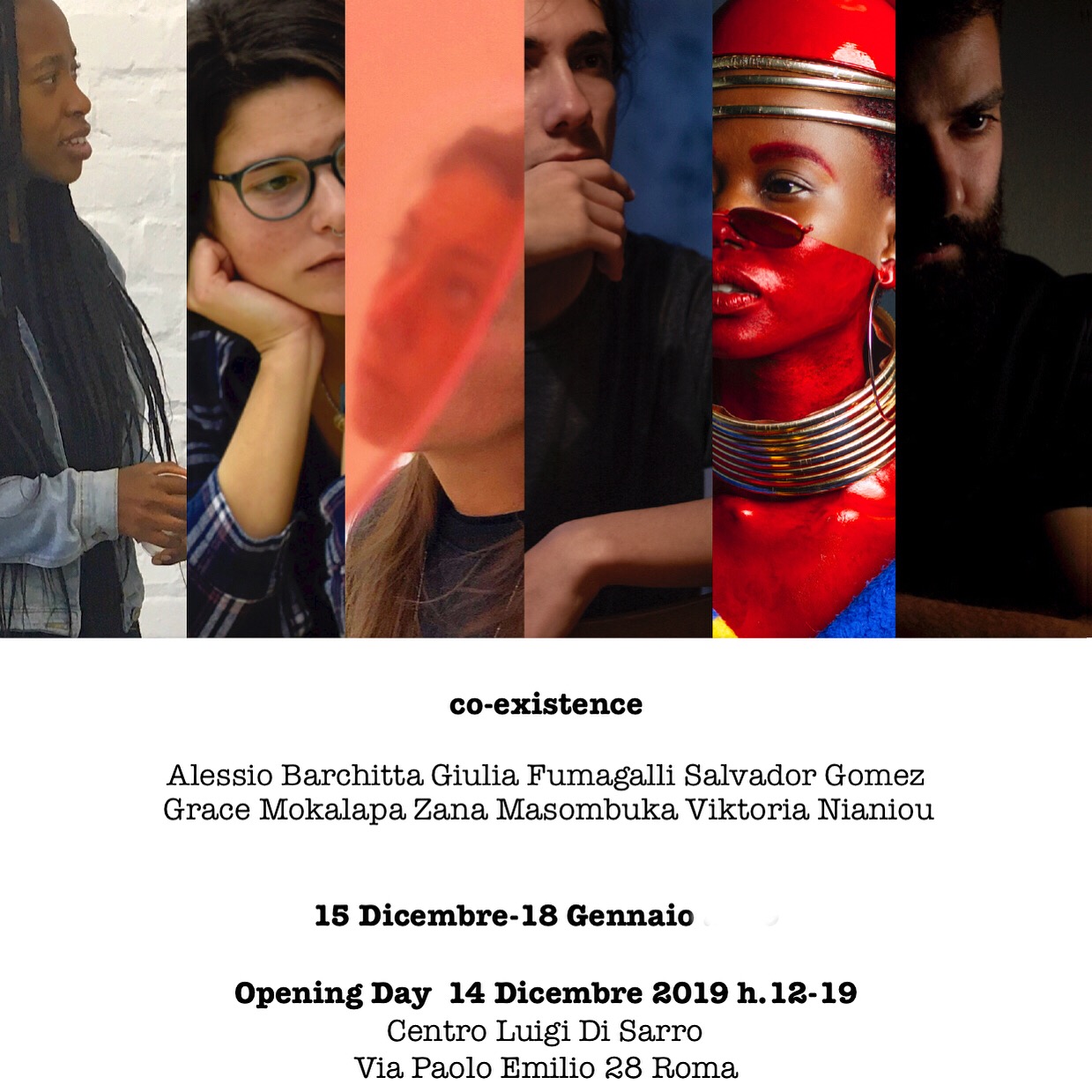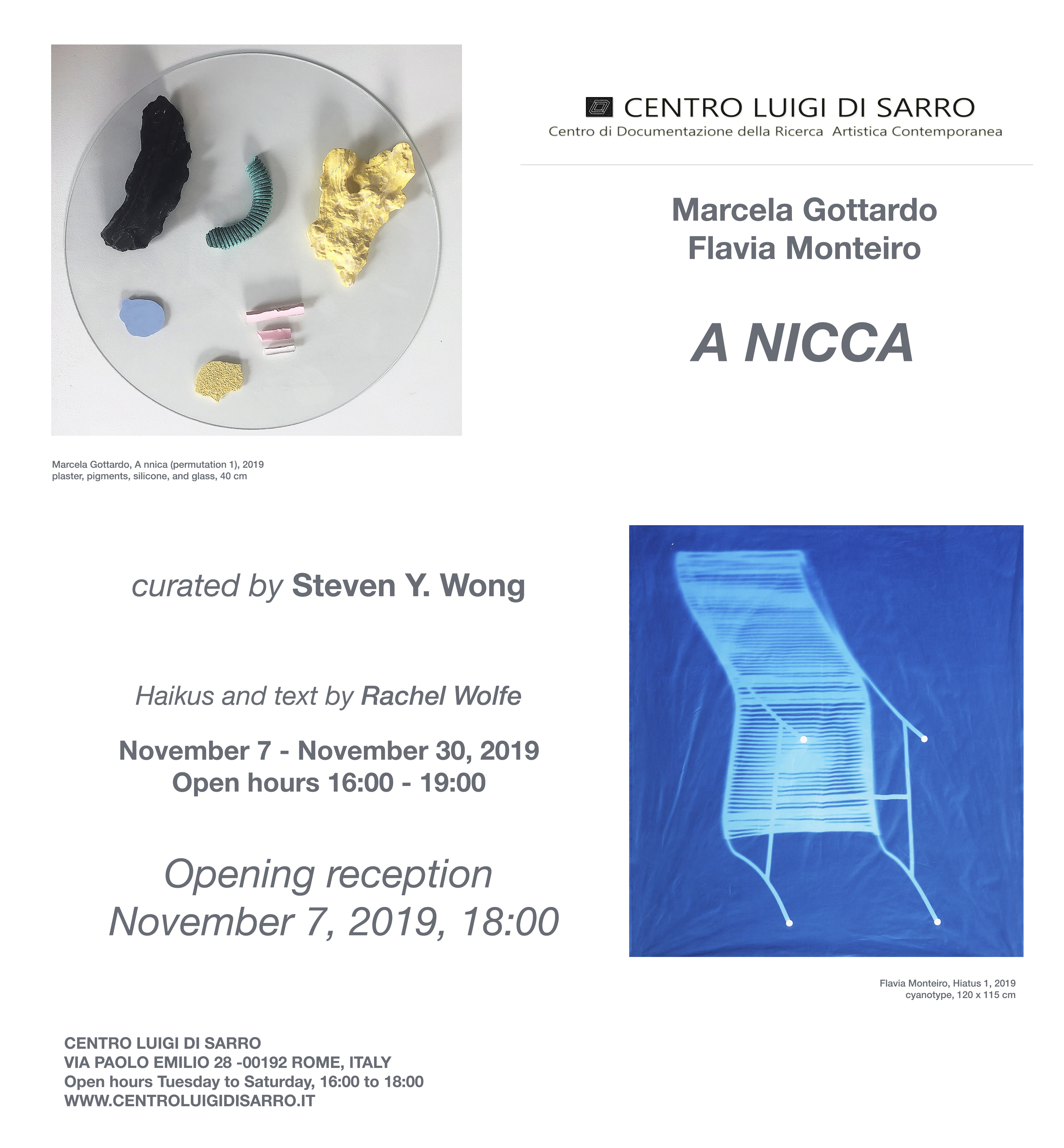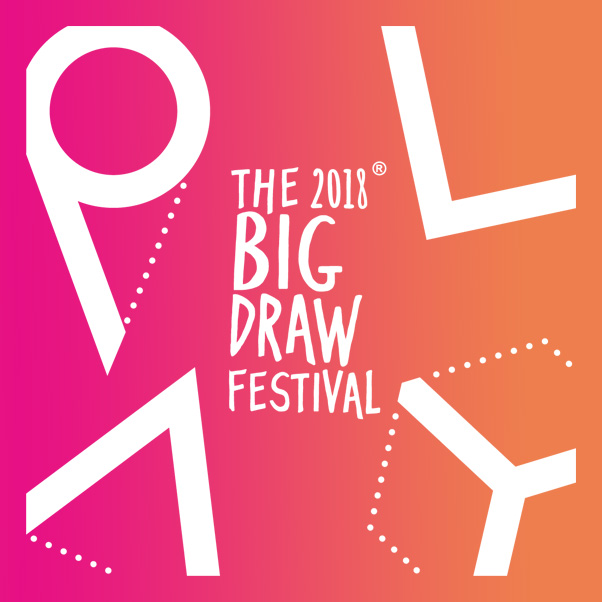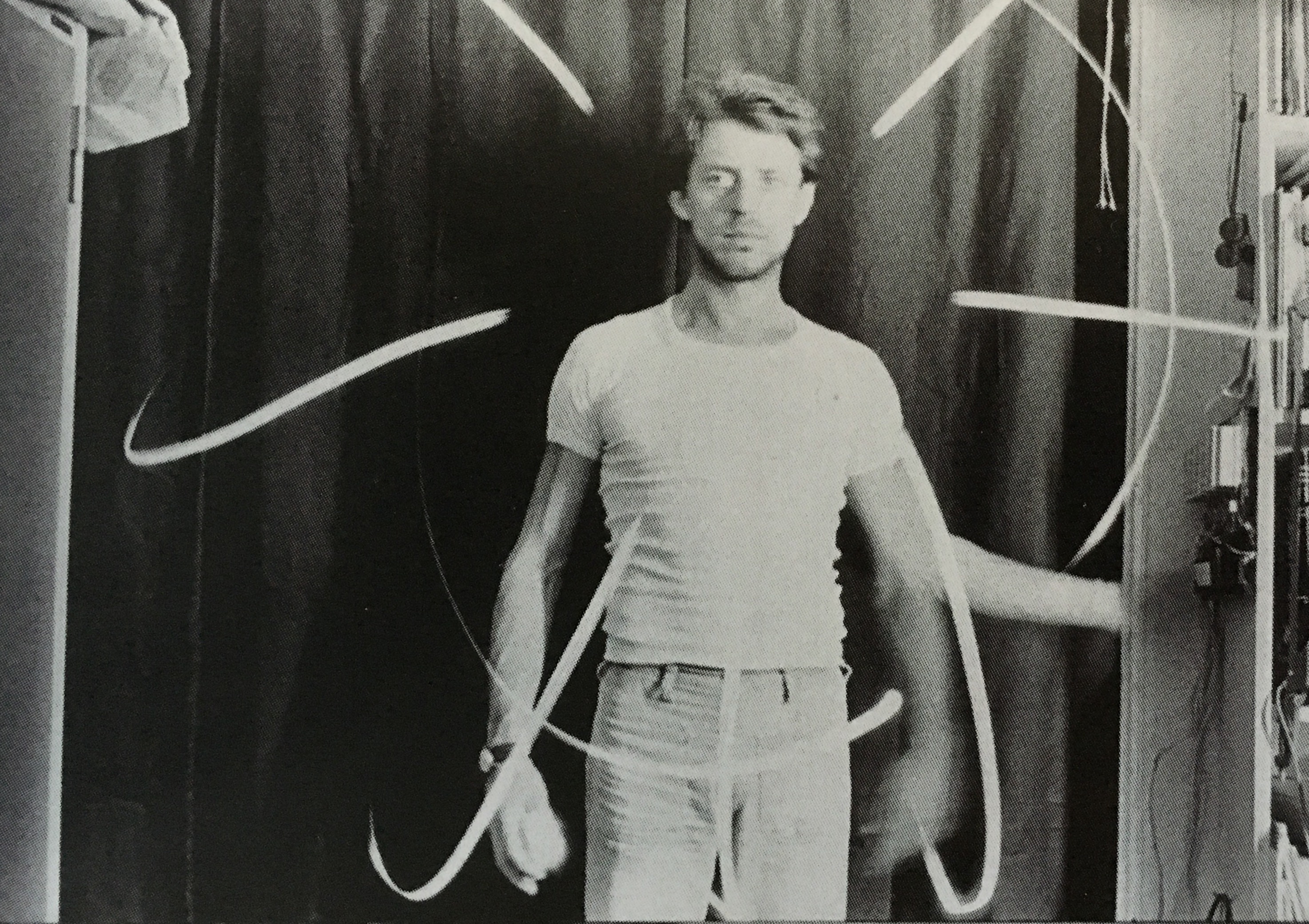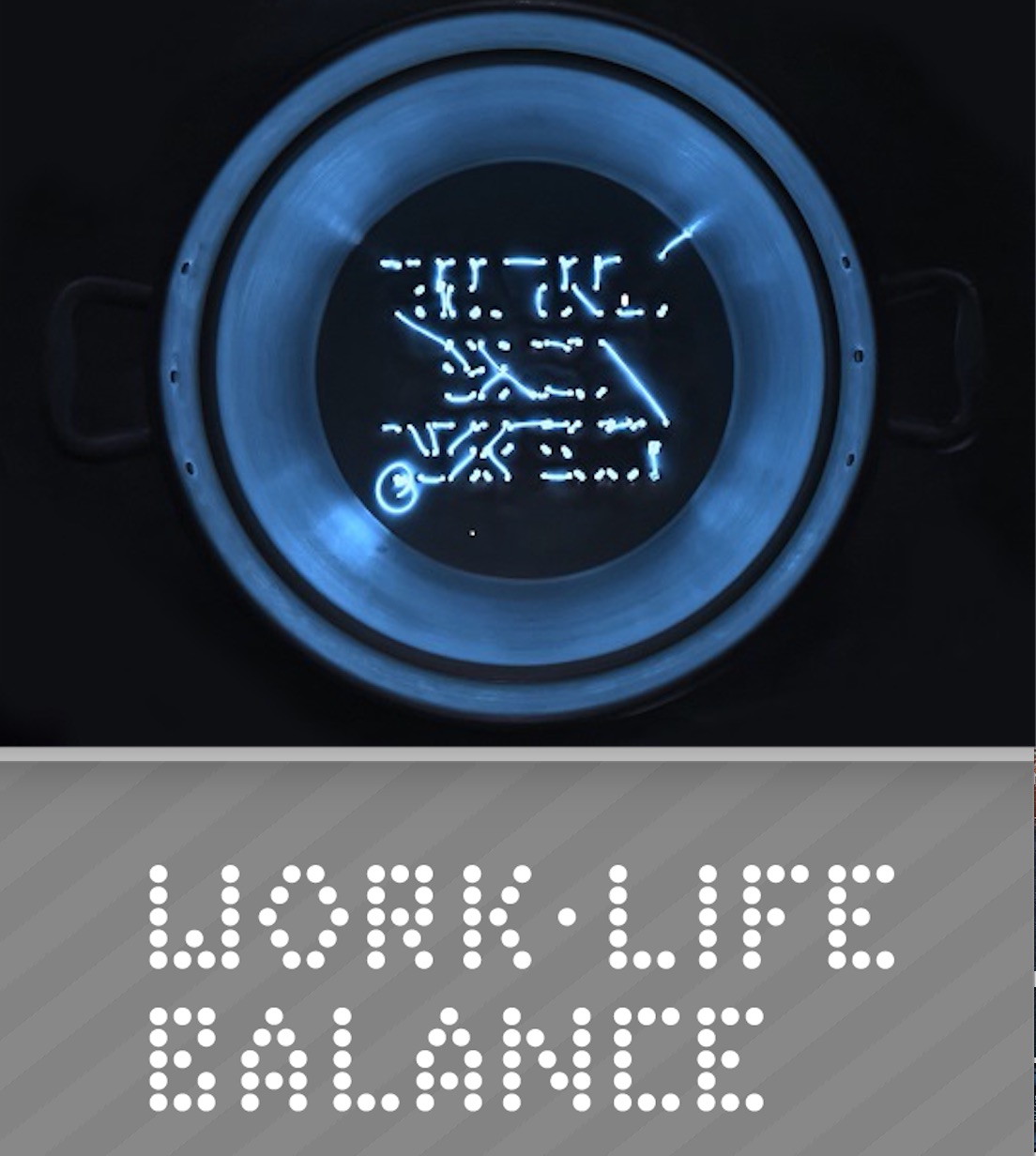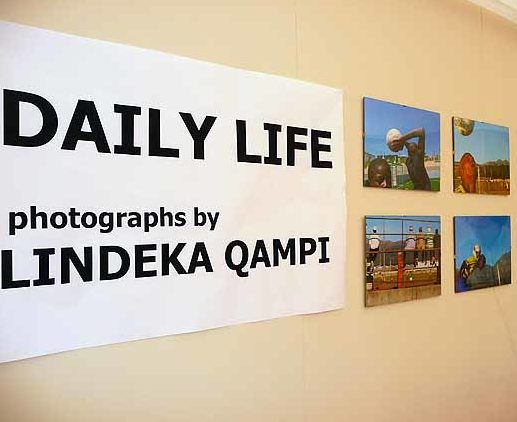In the fortieth anniversary of the death of Luigi Di Sarro, the exhibition organized by the MLAC with Centro Di Sarro offers a glimpse of the production of Luigi Di Sarro between the 1960s and the 1970s, highlighting the transversal nature of his approach to techniques and materials and his characteristic conception of the “sign” as a generative element of shapes and spaces, without a real caesura between abstraction and figuration, evident both in graphic and pictorial work, and in photography and sculpture.
Di Sarro, avid experimenter in his artistic activity, has practiced drawing, painting, engraving, sculpture, photography and performance, focusing in particular on themes related to the body, movement, light and abstraction capacity of the sign and the geometric figures. Di Sarro died only thirty-seven years old, killed for a fatal misunderstanding in the tense climate of the years of lead in Rome, on February 24, 1979; he left a vast artistic production (paintings, drawings, photographs, sculptures, graphics, projects, notes, aphorisms). Works by Luigi Di Sarro are in several Italian and foreign public collections (including GNAM, MACRO, Palazzo Braschi and the National Institute for Graphic Design in Rome, Pompidou Center in Paris).</p>
Active since 1987, the Museo Laboratorio di Arte Contemporanea-MLAC, directed by Prof. Claudio Zambianchi, has been proposed since the beginning as a meeting place between the university and the contemporary cultural world, distinguishing itself for its vocation to research and training. Among the initiatives that have animated the program for thirty years, there are exhibitions, conferences, round tables, book presentations, festivals, video reviews and musical proposals, which aim at first hand to put in contact the most lively artistic and cultural realities of the moment with the students and scholars of the University, often coming to involve them actively. In the same way, the will to open up to the city is strong, involving all citizens through the proposal of a very varied program.
Exhibitions and events promoted and organized by the MLAC take place in the spaces set aside in 1985 by the La Sapienza University of Rome, at the Rettorato Building, in the heart of the University City.
www.museolaboratorioartecontemporanea.it
On the occasion of organizing and carrying out the exhibition the MLAC offers a possibility of internship to students who have an interest in deepening in the field the craft of the historian and art critic in all facets. The internship foresees, in fact, an active commitment both during the preparation stage, with the possibility of working in close contact with the curators, and during the opening period of the exhibition, managing the guided tours, the reception of visitors and, last but not least , all the work related to the promotion of the exhibition, learning to manage the various online communication channels, from the blog to the main social networks.



